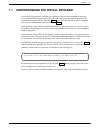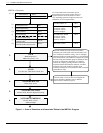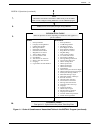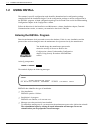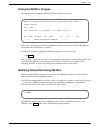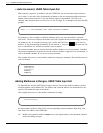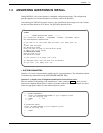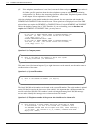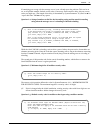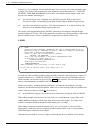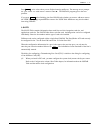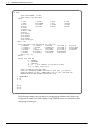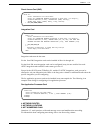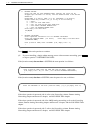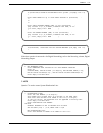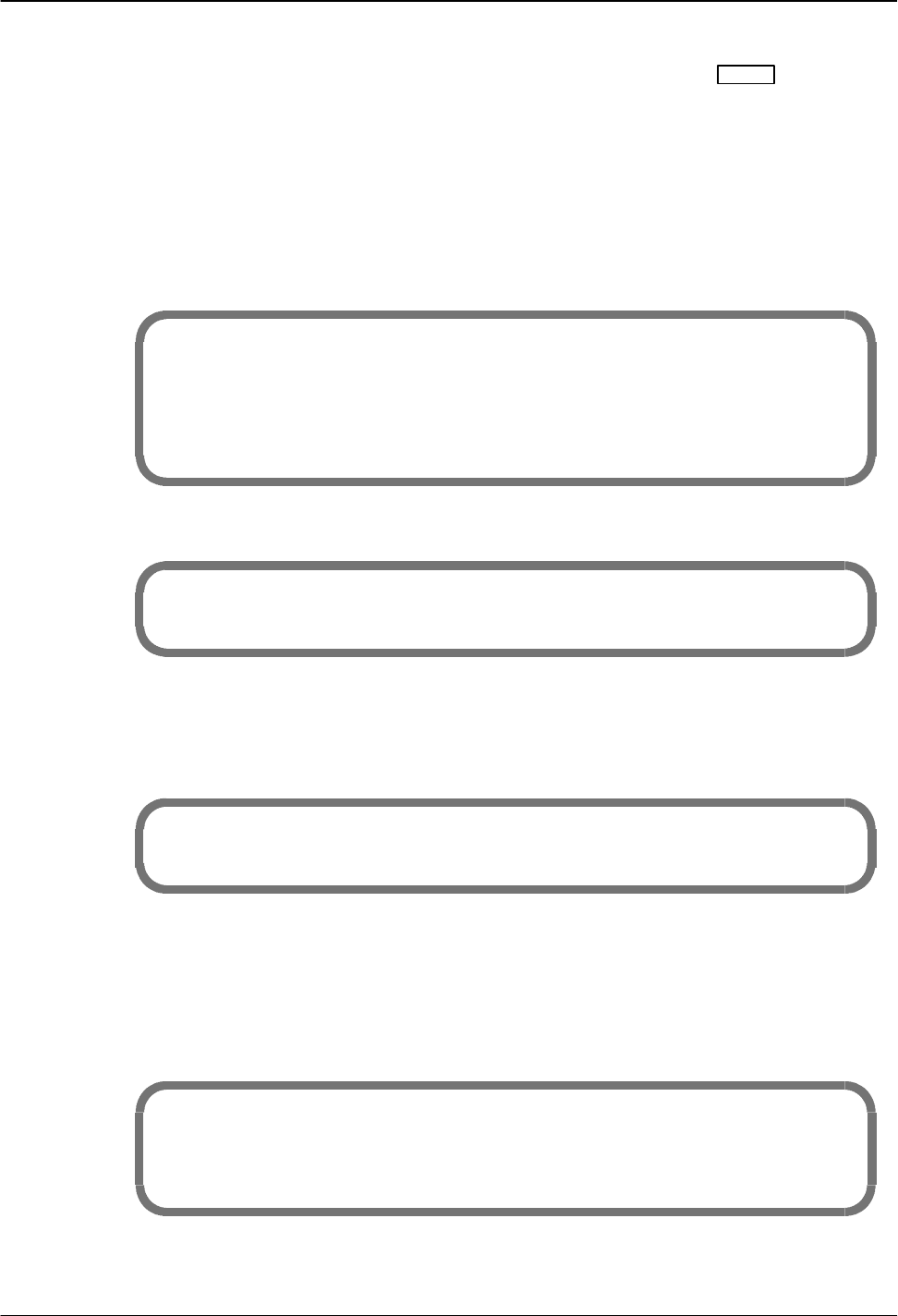
1-8 Installation and Maintenance Volume
Octel 200/300 S.4.1 PB60019−01
. If the telephone manufacturer is not listed, enter O for Other and press
Enter
. If you select 0
for Other, specific questions about the other telephone system are asked before continuing
with question 1.b). Refer to the Answering Questions About Other Telephone Systems section
in this chapter for an explanation of these questions.
After the telephone system model number has been selected, the next questions ask whether the
DTMFINT and TONEDET Tables should be reset. These questions are displayed even if the PBX
selected does not require the DTMFINT or TONEDET Tables. For both DTMFINT and TONEDET
Tables, the default or empty line is YES. Therefore, if you are installing a server that does not
require the DTMFINT or TONEDET Table, you may enter N.
Do you wish to RESET DTMFINT TABLE to FACTORY−DEFAULTS for
this PBX? (If ”YES” , ALL current values will be LOST!)
( Y/N, empty line = Y ):
LOADING CONFIGURATION DATA...DONE
Do you wish to RESET TONEDET TABLE to FACTORY−DEFAULTS for
this PBX? (If “YES” , ALL current values will be LOST!)
( Y/N, empty line = Y ):
Question 1. b) Company name.
b) What is the name of the company at which this system
is being installed? (1−8 characters).
:
This name is used for internal reports. Up to eight characters can be entered; use the entire name or
an abbreviation of the name.
Question 1. c) System ID number.
c) What is the SYSTEM ID number? (1−6 digits).
:
The Octel 200/300 serial number can be used as the system ID number. The serial number is printed
on the UL label located at the lower rear of the cabinet. It is important that a different number be
used for each Octel 200/300. This number is used to distinguish among Octel 200/300 message
servers and to identify the message server when an alarm call is made.
Question 1. d) Telephone number of the person who should receive alarm calls.
e) What extension or phone number should be called when an ALARM
is encountered? (If this is an outside call, precede it with
the EXTERNAL ACCESS CODE and an Expect −Dial− Tone, where necessary.)
( 1−20 chars. May include: 0−9,*,#, D=DELAY, E=EXPECT−DIAL −TONE
empty Line = NONE )




